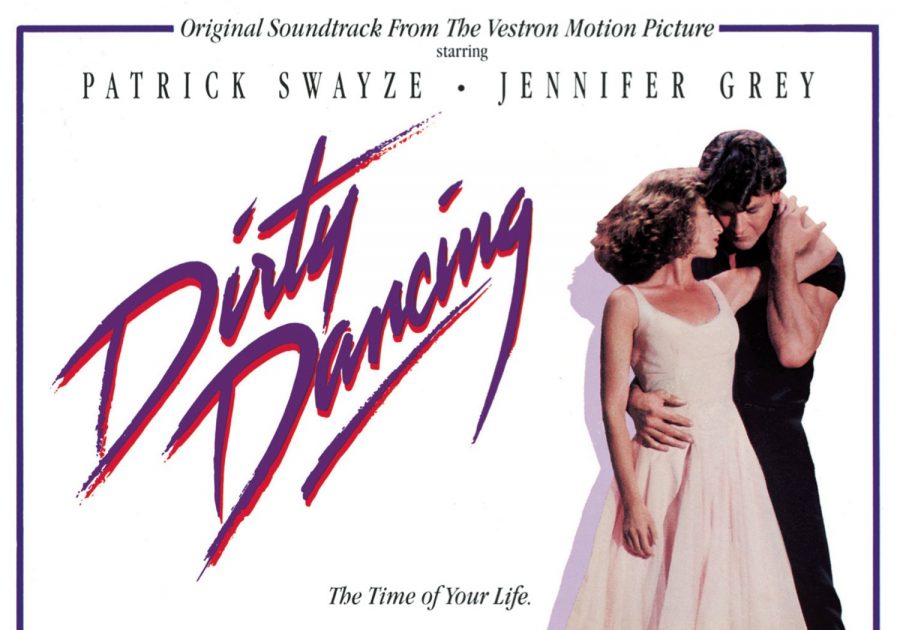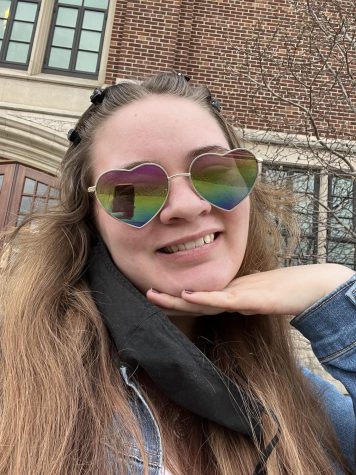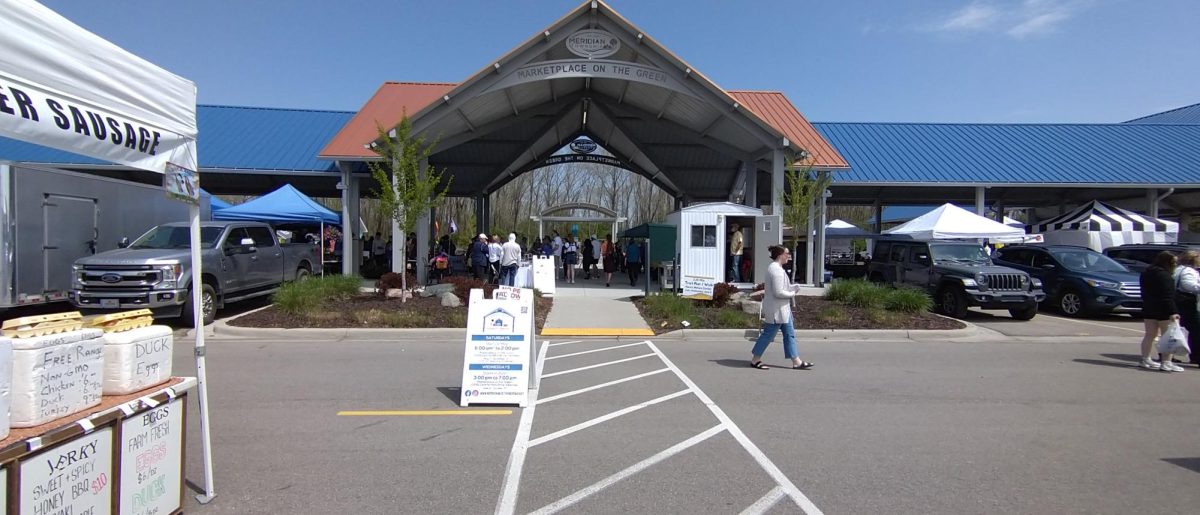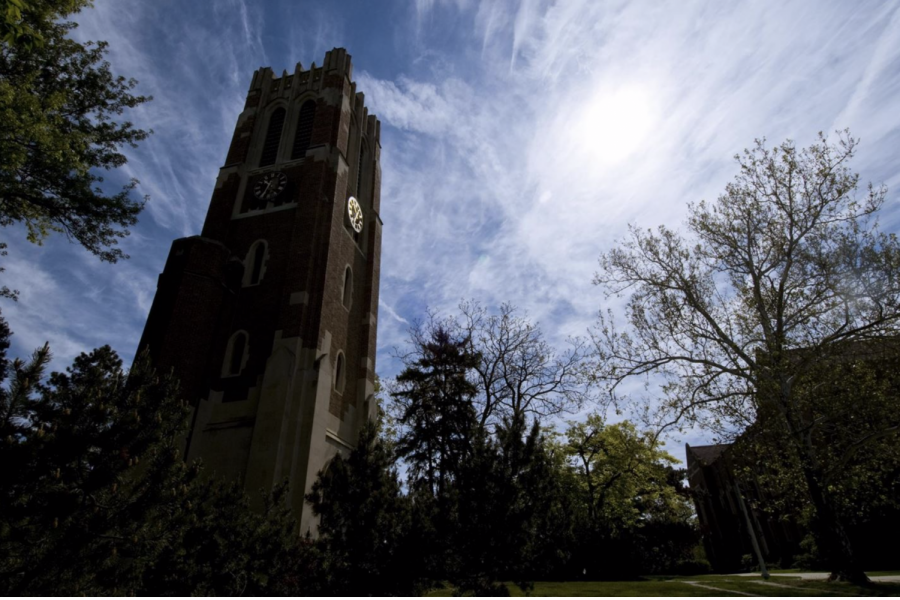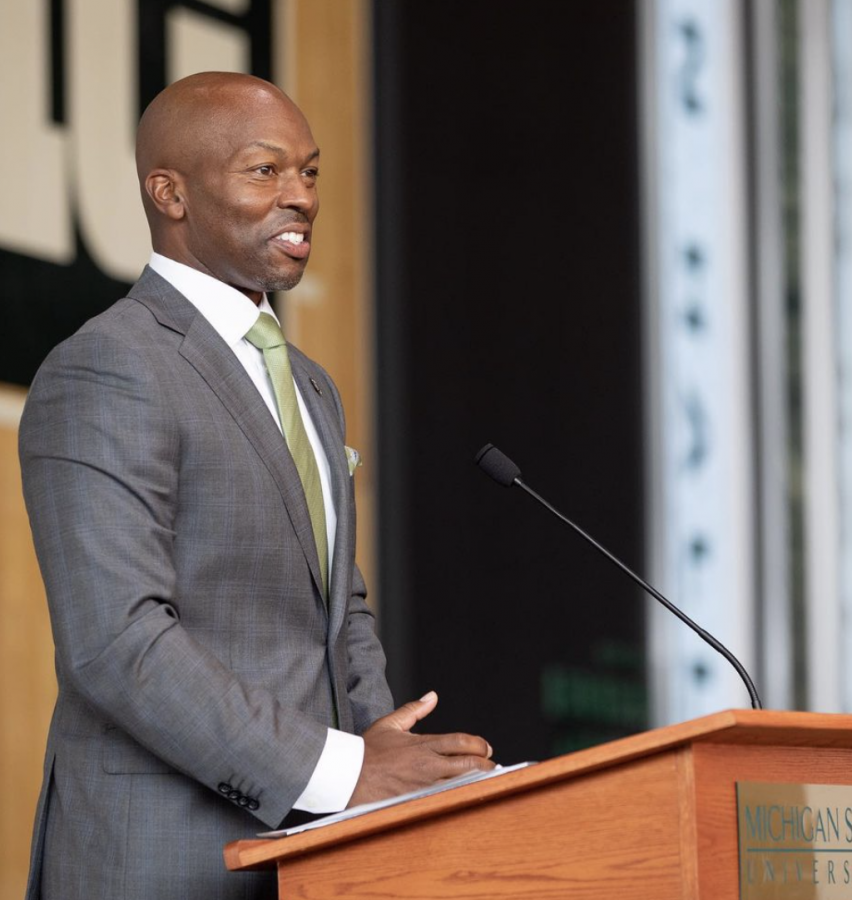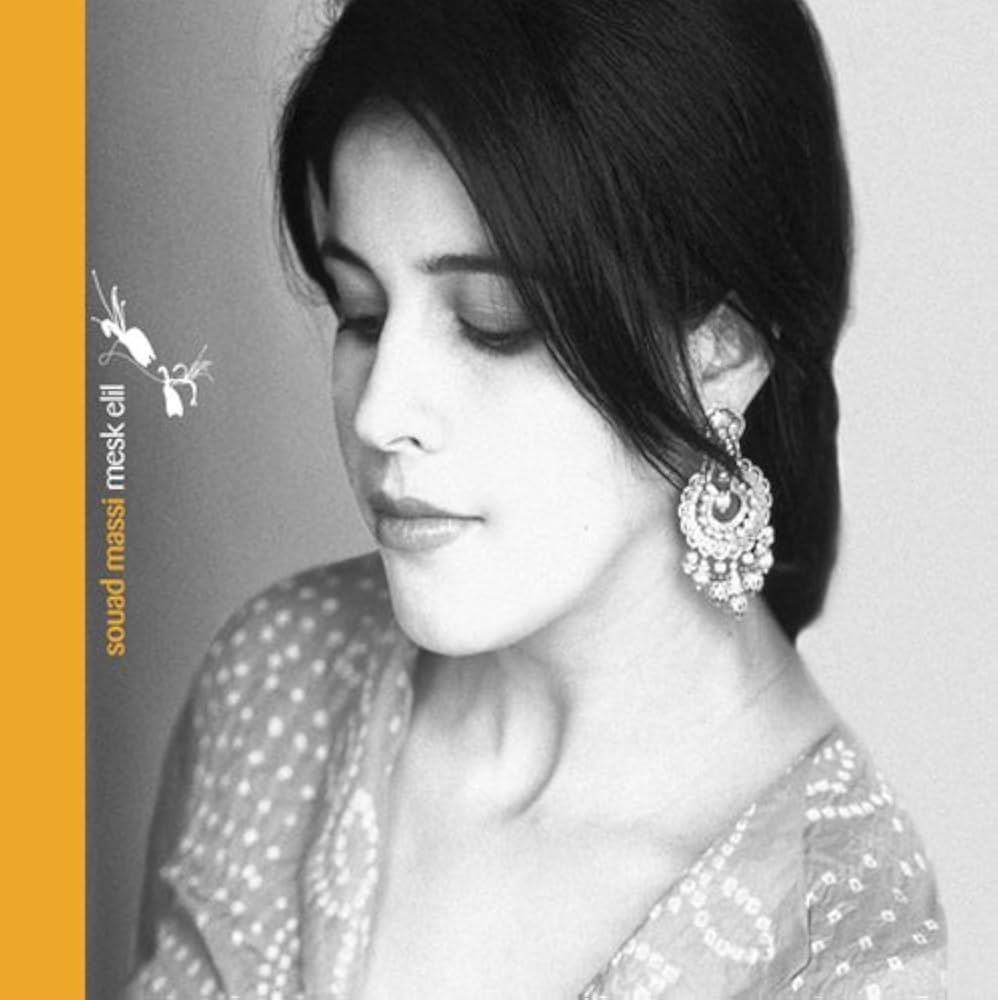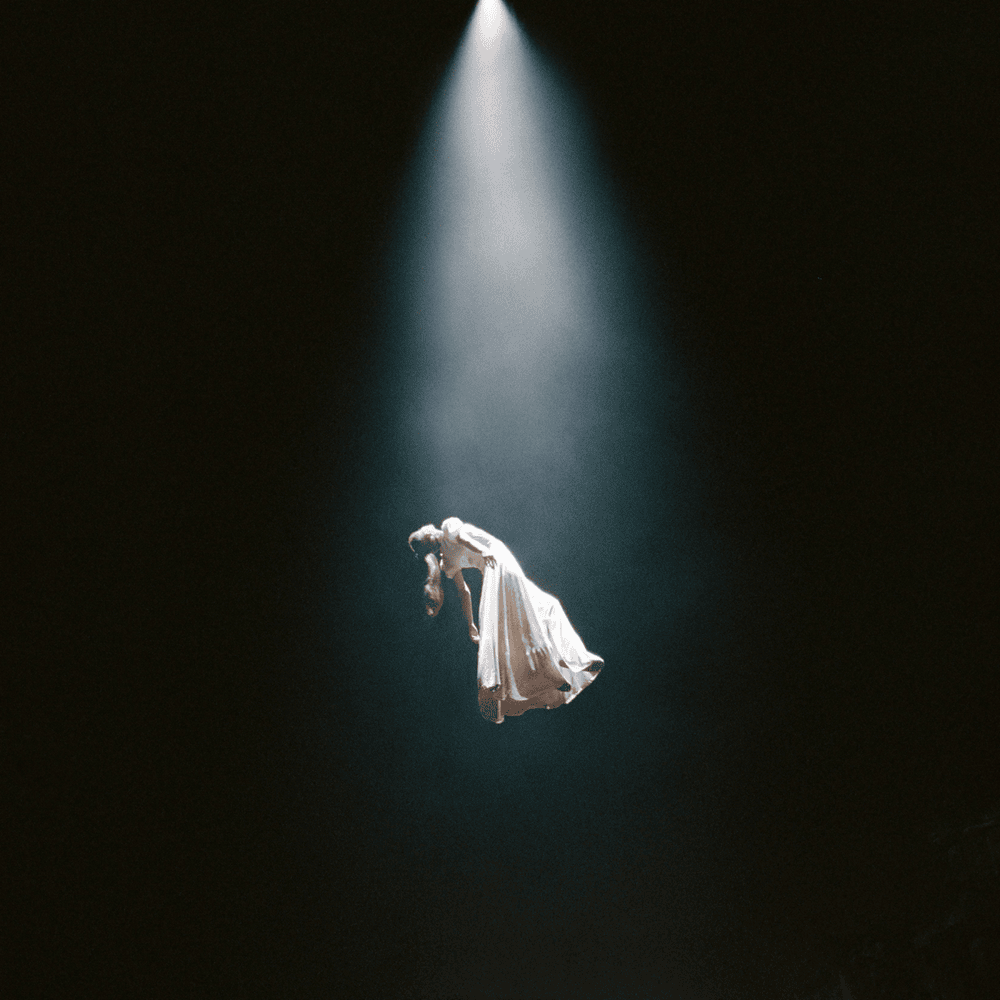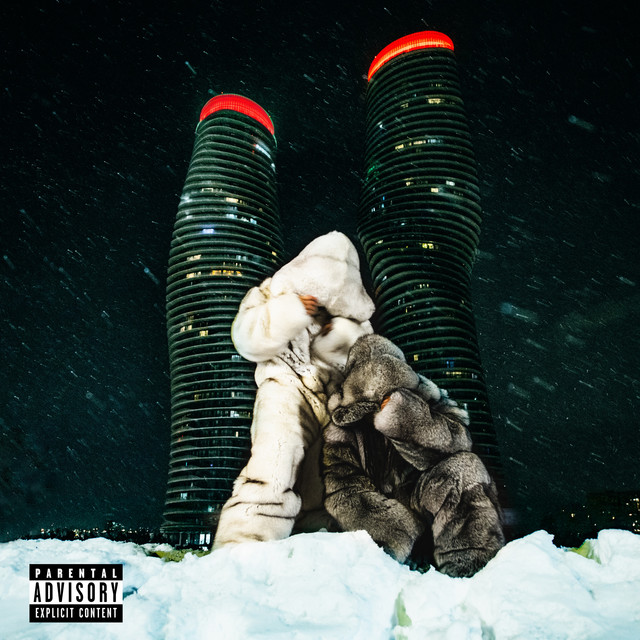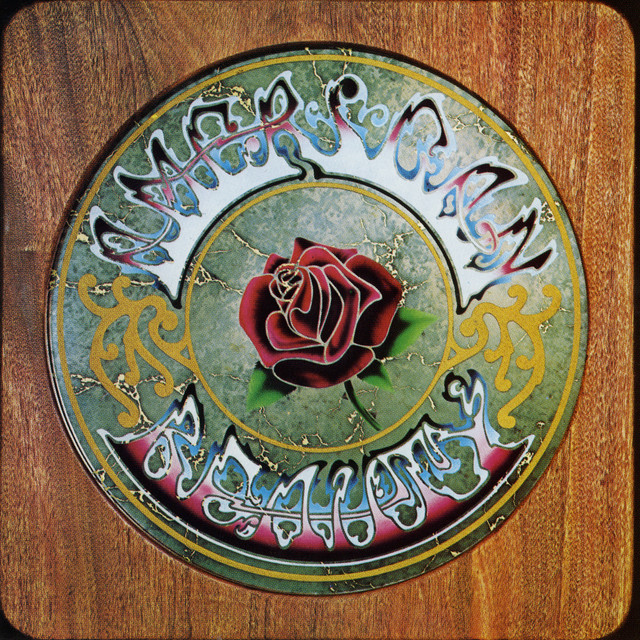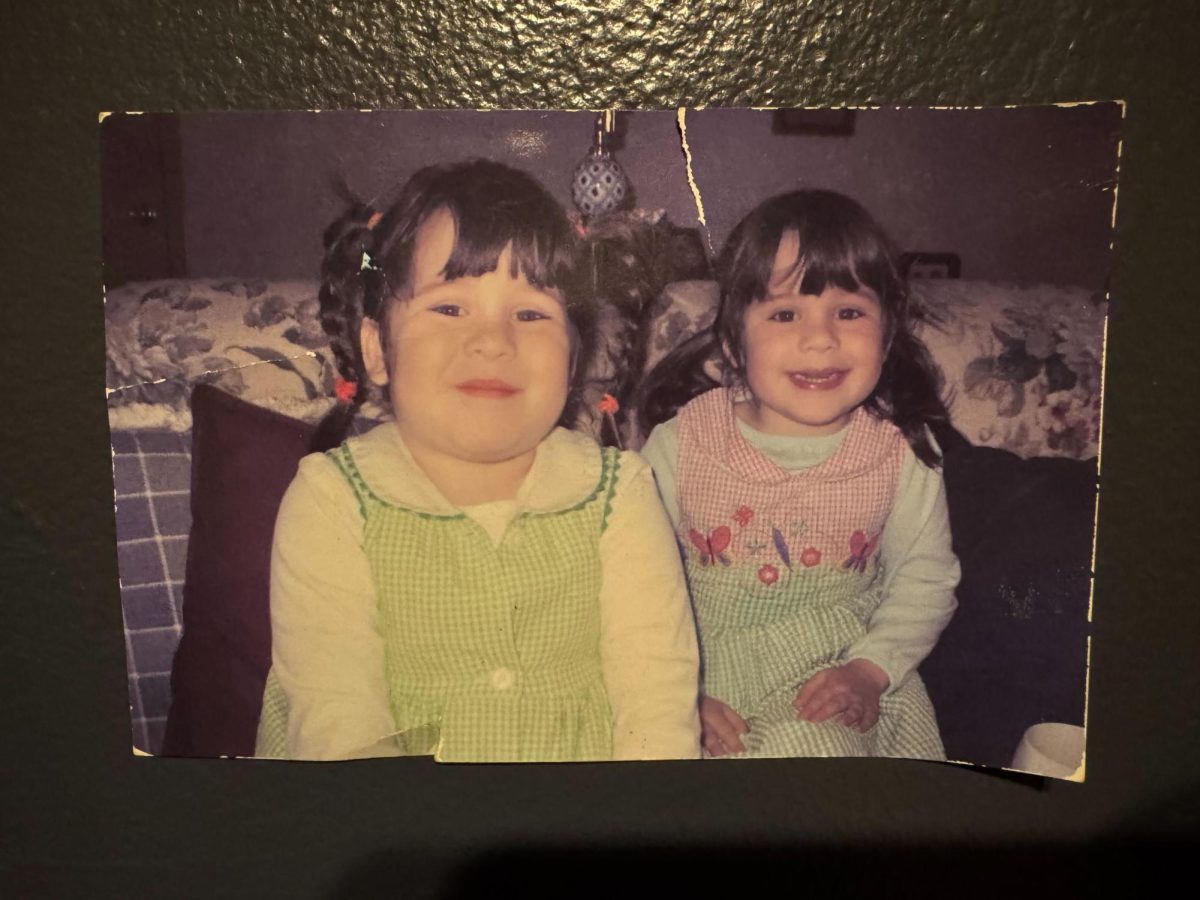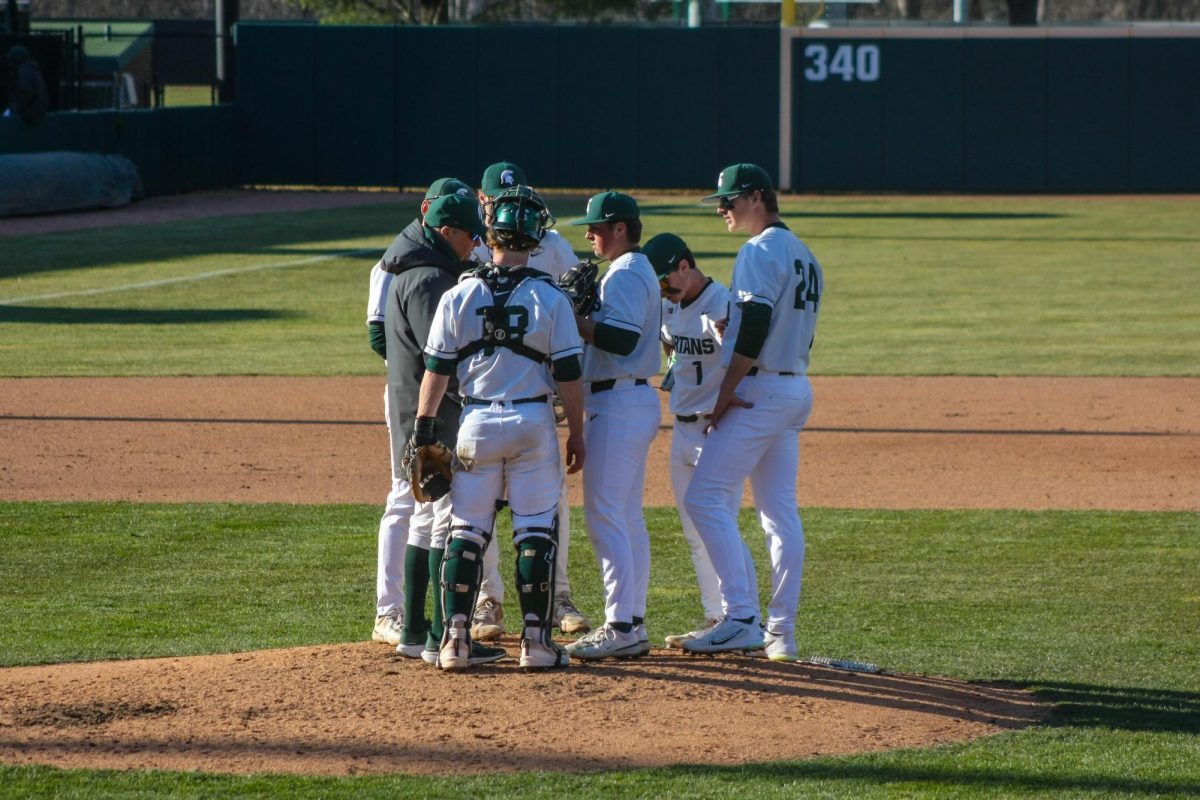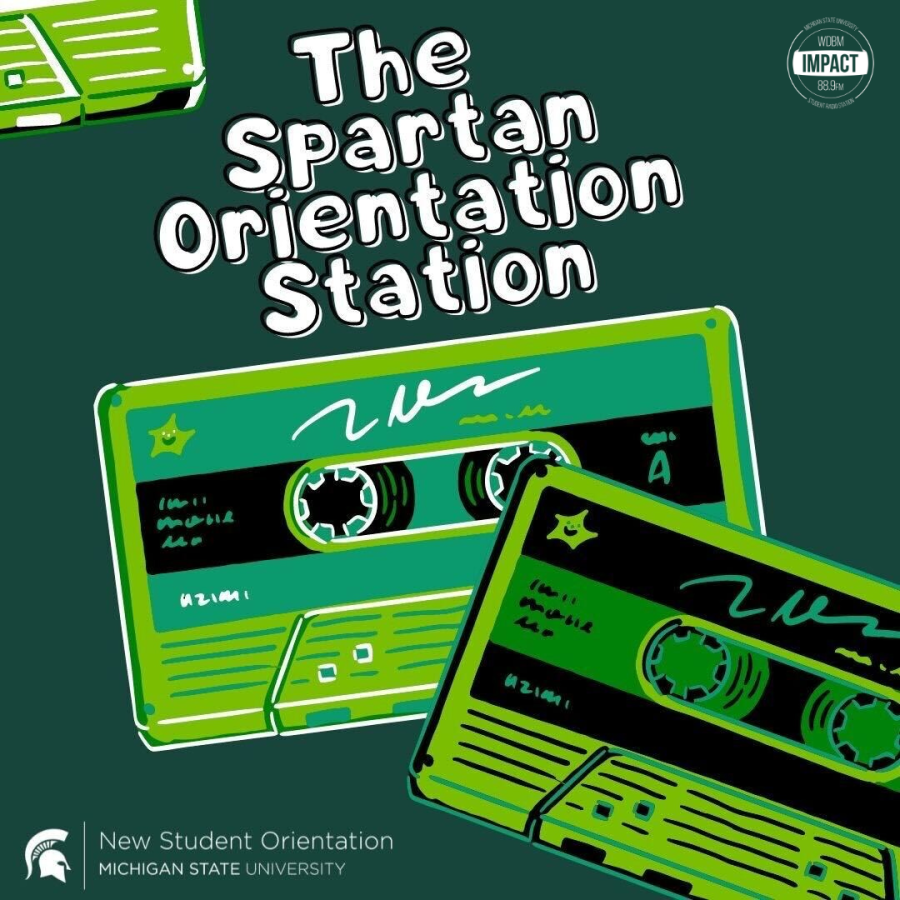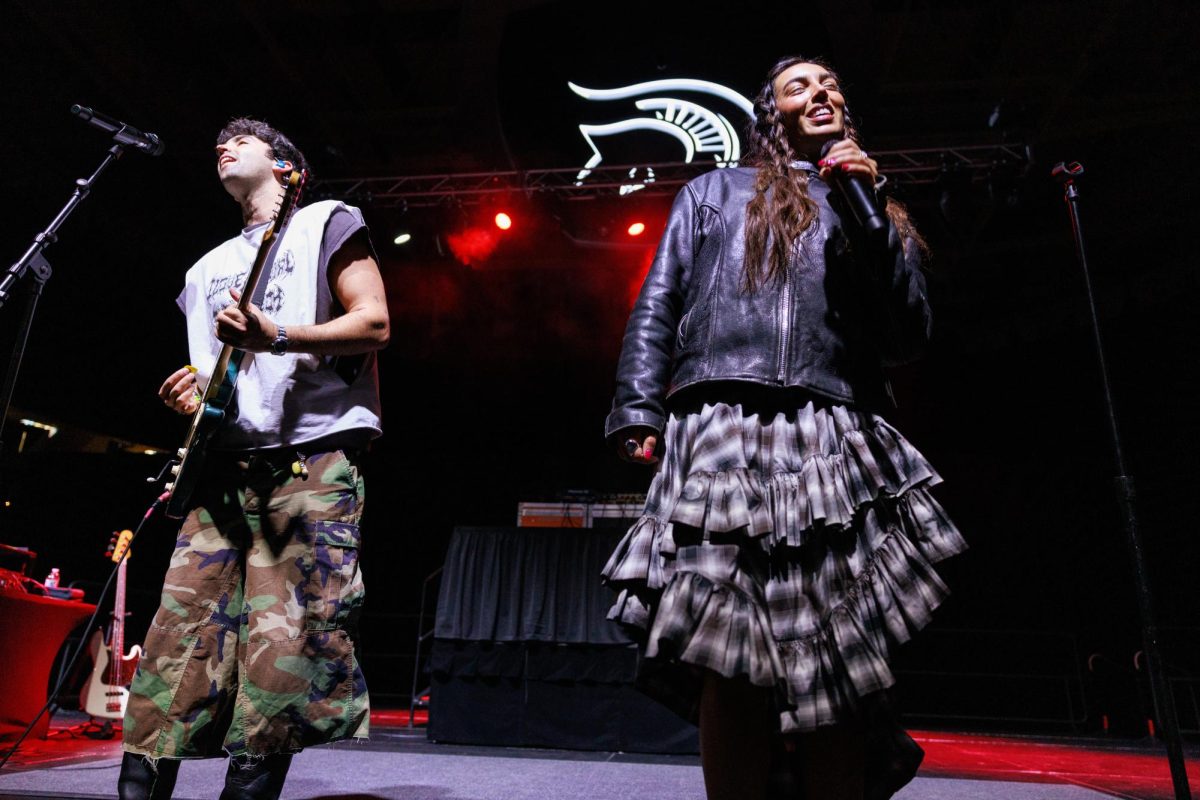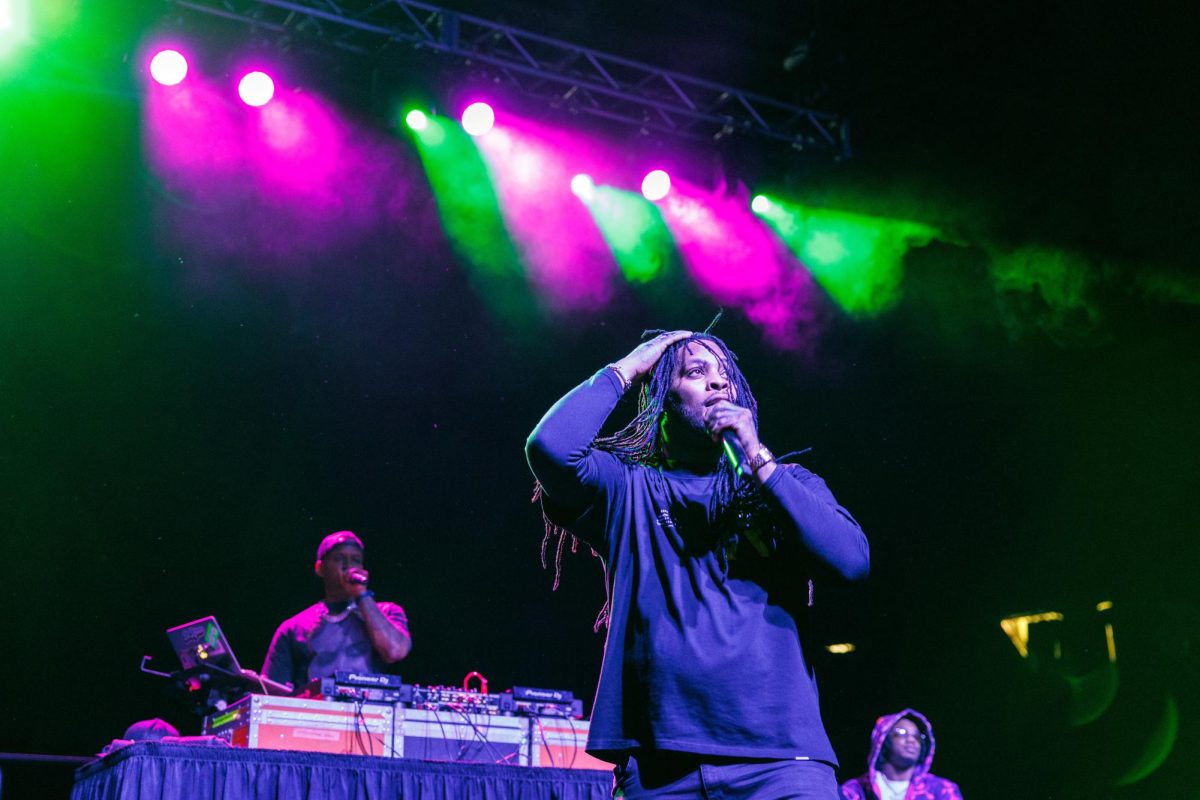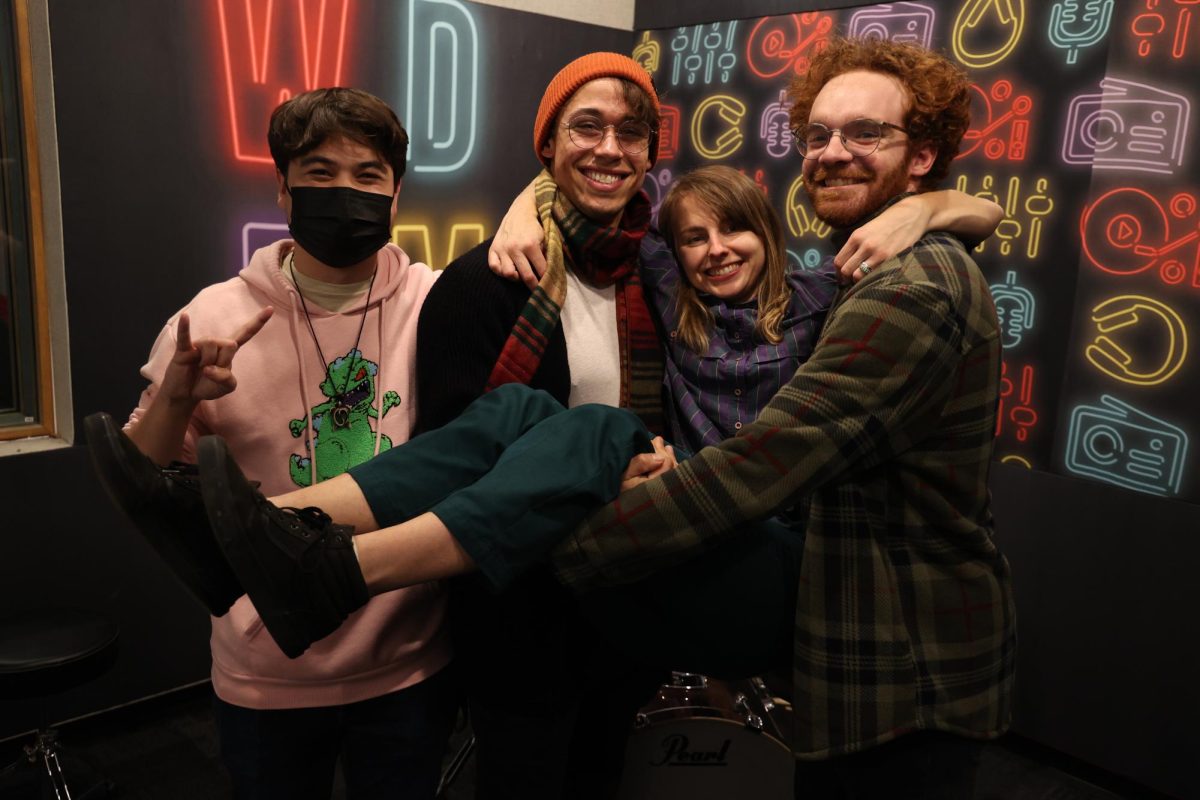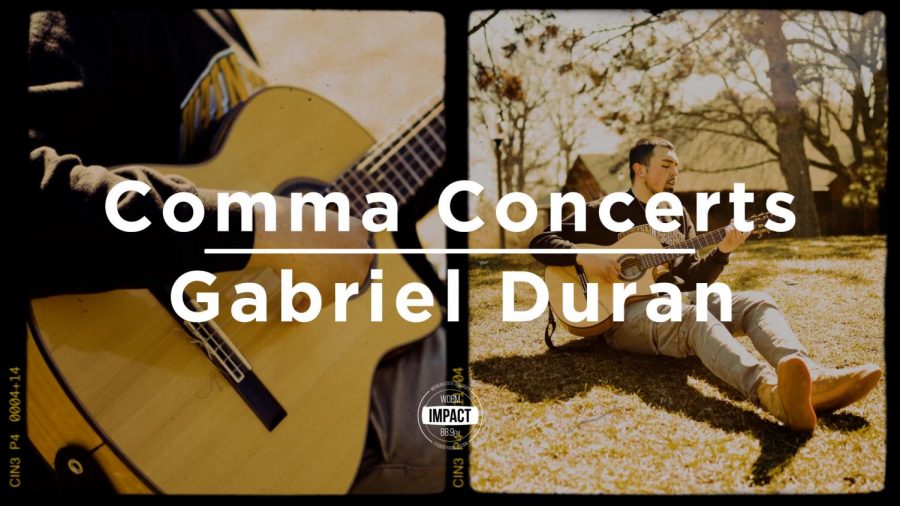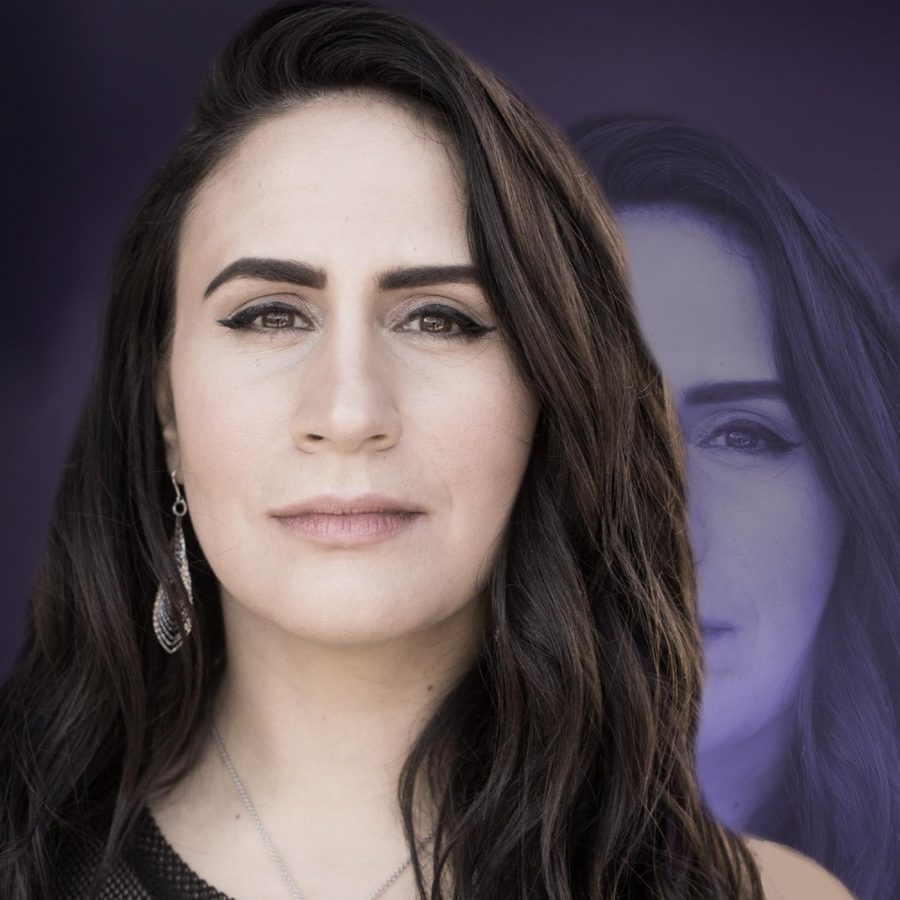We Watch it for the Music | Dirty Dancing
September 22, 2021
As the summer winds to a close, there is only one movie on my mind: Dirty Dancing. The 1987 romance classic, starring Jennifer Grey and Patrick Swayze, is the pinnacle of summertime romance. In addition to the iconic lift and the so-cringey-it’s-good dialogue — “I carried a watermelon,” and “I’m known as the catch of the county,” off the top of my head — the soundtrack makes this movie a timeless classic that keeps pulling me back every summer. Featuring new songs written for the movie and ‘60s oldies, every song featured in this film is utilized perfectly.
To get us in the time period right away, the movie starts with The Ronettes’ “Be My Baby” over the opening credits, and Frankie Valli & The Four Seasons’ “Big Girls Don’t Cry” playing over the Houseman’s radio as they drive to Kellerman’s Resort for the last few weeks of summer. While Baby narrates right away that we’re in the summer of 1963, the time period is really more cemented with the music here — in contrast to the very 80’s hair, costume, and props — as well as the narration that immediately follows:
“That was before Kennedy was shot, before the Beatles came, when I couldn’t wait to join the Peace Corps.”
So while we know it’s the summer of 1963, Baby’s internal monologue gives both the contemporary and modern audiences a vision of a romanticized version of the time where the last remnants of American post-war prosperity and peace were struggling to hold on, about to fade away as the turbulent decade moved forward past that summer.
It wouldn’t be fair to talk about this movie’s soundtrack without mentioning the Latin dance music written by Michael Lloyd, John D’Andrea and Erich Bulling. What’s interesting is that the dance music is used mostly with the wealthier hotel guests, whereas the pop music is used in scenes with the dance crew. The music — and the types of dancing that go along with it — audibly and visually show the vast differences between the two groups of people Baby sees during her summer vacation at Kellerman’s Resort, While the hotel guests are quiet and composed, dancing in the gazebo, the dance staff is tawdry and unruly at their party.
At this point in the vacation, Baby is already bored with the stiff and old-fashioned activities the hotel has to offer and finds herself wandering throughout the resort, where she sees Johnny Castle for the first time, sticking it to the hotel owner and Ivy League waiters when they insult the dancer’s lack of money and pedigree. Baby is transfixed over someone so cool and rebellious — unlike anyone else she’s seen before — and begins to wonder about her own rebellion from her clean, classy, suburban life. In the spirit of rebellion, she makes her way over to the staff dance party — off limit to guests — where Tom Johnston’s “Where Are You Tonight” is playing muffled from the doors. Johnny’s cousin, Billy, finds her, hands her a watermelon and begs her not to tell the staff’s secret as he brings her to the party. He pushes open the door and we’re offered an amazing shift in tone told through music. The Contours’ “Do You Love Me” plays as Baby finds herself in a world completely different than anything she’s ever seen. With this song, so much storytelling is happening; Baby is shocked and uncomfortable, but also intrigued by the vulgarity and sensuality of the dancers around her. Johnny is reintroduced here, seen mostly through Baby’s point of view and her desire to be in the place of Penny, Johnny’s beautiful and talented dance partner.
Immediately following is Otis Redding’s “Love Man” — though this song wasn’t recorded until four years after the film takes place — where Johnny teaches Baby how to dance. Dirtily, if you will. This whole scene would not be the same without these two songs. They really move the story forward: showing Baby’s innocence and everyone else’s lack thereof, the first fluttering of feelings between her and Johnny, and the class divide between the hotel guests and the dance staff—all with relatively little dialogue between the characters.
There’s quite a long time until we get to the next song, “Stay” by Maurice Williams & The Zodiacs, playing at another dance staff party. At this point, the vibrant and carefree view of the dancers is contrasted with Penny’s struggle with an unplanned pregnancy and the father refusing to support her or pay for an abortion because, in his words, “Some people count and some people don’t.” Baby’s family has the money and she offers to pay for it, approaching a morose Penny at the party. This song still has the ‘60s sound, but is slower, quieter, and is more desperate than optimistic compared to songs played at the last party. The solemnity heard here perfectly reflects the many troubles and uncertainties in Penny’s life at this moment.
After this, when Johnny agrees to teach Baby to dance and be Penny’s replacement, Baby’s bad beginner dancing and Johnny’s irritation with his new partner is set to The Surfaris’ “Wipeout.” This scene does a great job of moving the timeline along, ending with Baby really feeling herself and getting more confident in her dancing. Here it transitions to the clearly ‘80s sound of a song written for the movie, Eric Carmen’s “Hungry Eyes.” It adds so much to a scene with no diologue, showing the passion between Baby and Johnny that they don’t even see. A kind of enemies-to-friends-to-lovers story tied together with the language of dancing.
Another song written for the soundtrack, “Overload” by Zappacosta plays for a very short time, transitioning between Johnny and Baby deciding to leave the resort and them in his car. He’s locked out of his car, so he smashes in the window to the beat of the intro. Baby screams “You’re wild!” as the song fades out. This song has a stronger beat and is more rock sounding than other songs in the soundtrack, using it over a Johnny-centric moment really fits given the bad boy, leather jacket and sunglasses persona Johnny has.
When Johnny and Baby get to their destination, “Hey Baby” by Bruce Channel fades into an instrumental version of the movie’s theme, “(I’ve Had) The Time of My Life,” representing their relationship transitioning to that of friendship and goofing off, to deep connection and passion.
The next few songs — The Drifters “Some Kind of Wonderful,” Otis Redding’s “These Arms of Mine” and Solomon Burke’s “Cry to Me” — come almost right after another, and while the use of those particular songs do not add anything huge to the movie necessarily, it would not be the same without them. This movie is about one thing: falling in love in the summer of 1963. Nothing conveys that message clearer than the use of these songs. The melodies and lyrics get across the love and desire in the parts that give this movie a PG-13 rating, but the ‘60s sound cements you in the time period. These songs are played in the universe of the movie, either on the radio or on the record player in Johnny’s room, making the audience feel fully immersed in the time and setting, feeling Johnny and Baby fall in love in real time.
It would be criminal to not mention “Love is Strange” by Mickey and Sylvia, in a scene that was choreographed the night before and almost scrapped because they couldn’t afford it. Luckily everyone agreed the scene could not be thrown away.
Not a single song on this soundtrack isn’t perfect for the time and the scene- “Yes” by Merry Clayton, “Will You Love Me Tomorrow” by The Shirelles, “(I’ll Remember) In The Still Of The Night” by The Five Satins and “She’s Like The Wind” sung by Patrick Swayze himself.
The finale is of course set to the pinnacle number of the soundtrack- “(I’ve Had) The Time Of My Life” by Bill Medley and Jennifer Warnes. The now iconic song has everything: the movie’s tagline, a dance beat, the big lift and a sound that perfectly correlates with the idealistic happy ending. A song no one was enthusiastic about, it pulls the movie together with a perfect little bow and leaves you feeling good at the end of your 100 minute musical journey.
Every single song on this soundtrack is absolutely irreplaceable. The ‘80s songs written specifically for the film do so much to move the plot forward and explain what the characters aren’t saying, the ‘60s songs fully bring you into a different time and place. As a whole, they bring you into a world where you can find love in a few weeks, where bridges of class and age can be crossed with just a song and a dance, and where everyone can find a happy ending.



